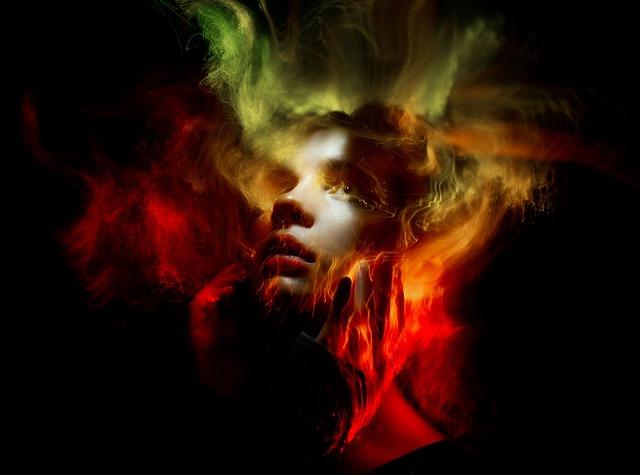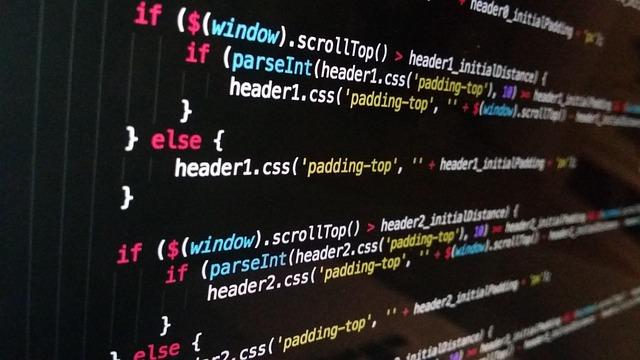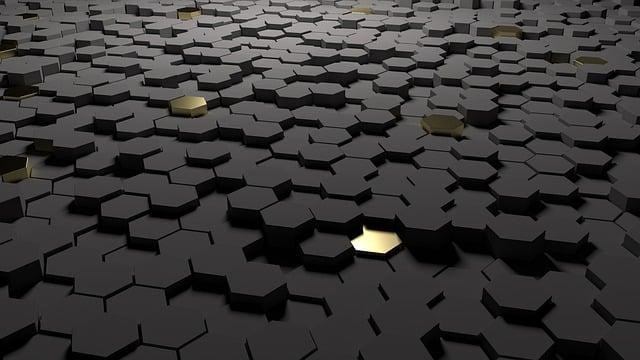- Introduction
- Understanding RGB Color Model
- What are Hex Color Codes?
- The Process of RGB to Hex Conversion
- Tools and Resources for Conversion
- Conclusion
- FAQs
Introduction
Color is an integral part of design, art, and everyday life. A palette of colors can evoke feelings, set a mood, and communicate messages. Understanding color formats is essential for designers, web developers, and artists alike. This article aims to provide a comprehensive guide on mastering color, specifically focusing on RGB (Red, Green, Blue) and Hex color codes.
You will learn about the RGB color model, what Hex color codes are, how the conversion from RGB to Hex works, and useful tools you can use for this process. By the end of this article, you will have a strong grasp of how to effectively use these color formats in your projects.
Understanding RGB Color Model
RGB stands for Red, Green, and Blue, the three primary colors that are combined to create various hues of light. The RGB model is built on the additive color theory, where colors are created by combining different intensities of red, green, and blue light. When combined in equal measure, they produce white light, while an absence of any color results in black.
The RGB color model is primarily used in digital devices such as computer monitors, televisions, and cameras. Each color is represented by a combination of values ranging from 0 to 255 for each of the three components. For example, pure red is represented as (255, 0, 0), pure green as (0, 255, 0), and pure blue as (0, 0, 255).
One of the significant advantages of the RGB model is its ability to display millions of colors, making it suitable for modern digital displays. However, it is important to note that the colors may vary based on the device and its calibration settings. Thus, the RGB values you see on one screen may not be replicated 100% accurately on another.
Understanding this model is crucial for anyone working with digital graphics since it lays the foundation for color representation in various applications, apps, and programming languages.

(Image: Pixabay/@merlinlightpainting)
What are Hex Color Codes?
Hexadecimal colors, commonly known as Hex codes, are a way to represent colors in web development and graphic design. A Hex code is a six-digit code that consists of numbers and letters from the hexadecimal system, which represents RGB colors in a format that is easily understood by computers and browsers.
A Hex code begins with a hash symbol (#) followed by six characters. The first two characters represent the intensity of red, the next two depict green, and the last two denote blue. For example, #FF5733 corresponds to a specific shade of orange-red, with the 'FF' representing maximum intensity of red, '57' indicating a medium level of green, and '33' showing a low intensity of blue.
Hexadecimal color notation is prevalent in HTML, CSS, and other web technologies due to its concise nature, offering a clear and compact way to specify colors. Hex codes also allow for a broader range of colors to be defined than RGB alone. Since computers understand these values directly, designers can ensure that their intended colors are accurately rendered in web applications.
Understanding how to read and write Hex codes is invaluable for web designers and developers, ensuring consistency across different design tools and platforms. The use of Hex codes simplifies the task of maintaining color schemes and branding across various media.

(Image: Pixabay/@Pexels)
The Process of RGB to Hex Conversion
The process of converting RGB values to Hex color codes is straightforward but requires an understanding of both color systems. First, take the three separate RGB values and convert each component into its corresponding two-digit hexadecimal value.
To convert a decimal number (used in RGB ranges of 0-255) to hexadecimal, follow these steps:
- Divide the RGB value by 16.
- Note the integer quotient, which corresponds to the first digit (this can range from 0-15).
- Note the remainder, which corresponds to the second digit.
- Convert both digits into hexadecimal notation (0-9 stay the same, 10 becomes A, 11 becomes B, 12 becomes C, 13 becomes D, 14 becomes E, and 15 becomes F).
For example, let’s convert an RGB value of (255, 99, 71) – which represents a shade of tomato:
- For Red: 255 ÷ 16 = 15 remainder 15 → FF
- For Green: 99 ÷ 16 = 6 remainder 3 → 63
- For Blue: 71 ÷ 16 = 4 remainder 7 → 47
The resulting Hex code for this color would then be #FF6347.
It's also possible to perform the reverse operation, converting Hex codes back to RGB values using a similar approach. Such conversions are essential when you're working on digital visual designs which require precise color matching and consistency.

(Image: Pixabay/@VenomousTBag)
Tools and Resources for Conversion
With the advent of technology, numerous tools and resources have emerged to simplify color conversion tasks. Whether you are a professional designer or simply exploring the world of color, these solutions can significantly enhance your workflow.
One popular option is the use of online RGB to Hex converters. These user-friendly tools allow you to enter RGB values and instantly receive the corresponding Hex code without needing to perform calculations manually. Websites like Color Hunt and Adobe Color offer intuitive interfaces and even provide additional information about color palettes and combinations.
Graphic design software such as Adobe Photoshop and Illustrator also includes built-in features to facilitate the conversion between RGB and Hex codes. When working on design projects, you can directly input RGB values and receive instant feedback in Hex format, streamlining the design process.
Additionally, browser extensions are available for popular web browsers that allow users to pick colors from websites and obtain the corresponding Hex codes immediately. These tools not only increase efficiency but also provide valuable insights into color theory and application.

(Image: Pixabay/@Pexels)
Conclusion
Mastering color through understanding RGB and Hex formats is paramount for anyone involved in creative and digital fields. One can't underestimate the importance of being equipped with reliable color conversion skills. A solid grasp of how to transition between RGB and Hex codes widens the toolkit of creative professionals, enabling stunning and impactful visual communication.
As you have seen, RGB is foundational in technology and design, while Hex provides a more concise and usable method for digital applications. By becoming proficient in these formats and utilizing the recommended tools, you will not only improve your workflow but also unleash your full creative potential.
FAQs
What is the difference between RGB and Hex color codes?
RGB color codes are numeric values representing how much red, green, and blue light is combined to create a color, while Hex color codes are a string of six characters starting with a hash symbol that represents the same colors in a more concise format. Hex is widely used in web development.
Can I convert Hex color codes back to RGB?
Yes, Hex color codes can be converted back into RGB values by separating the Hex code into pairs of two characters and converting each pair back into decimal values. For example, the Hex code #FF5733 would convert back to RGB as (255, 87, 51).
Are there any tools for converting colors besides online converters?
Yes, many graphic design software applications like Adobe Photoshop, as well as browser extensions and mobile apps, offer built-in features to convert colors between RGB and Hex formats efficiently.
How do I choose the right tool for my needs?
Consider your requirements, such as whether you need quick conversions or a feature-rich solution. If you're a casual user, online converters may suffice, but professional designers might benefit more from advanced software capabilities.
